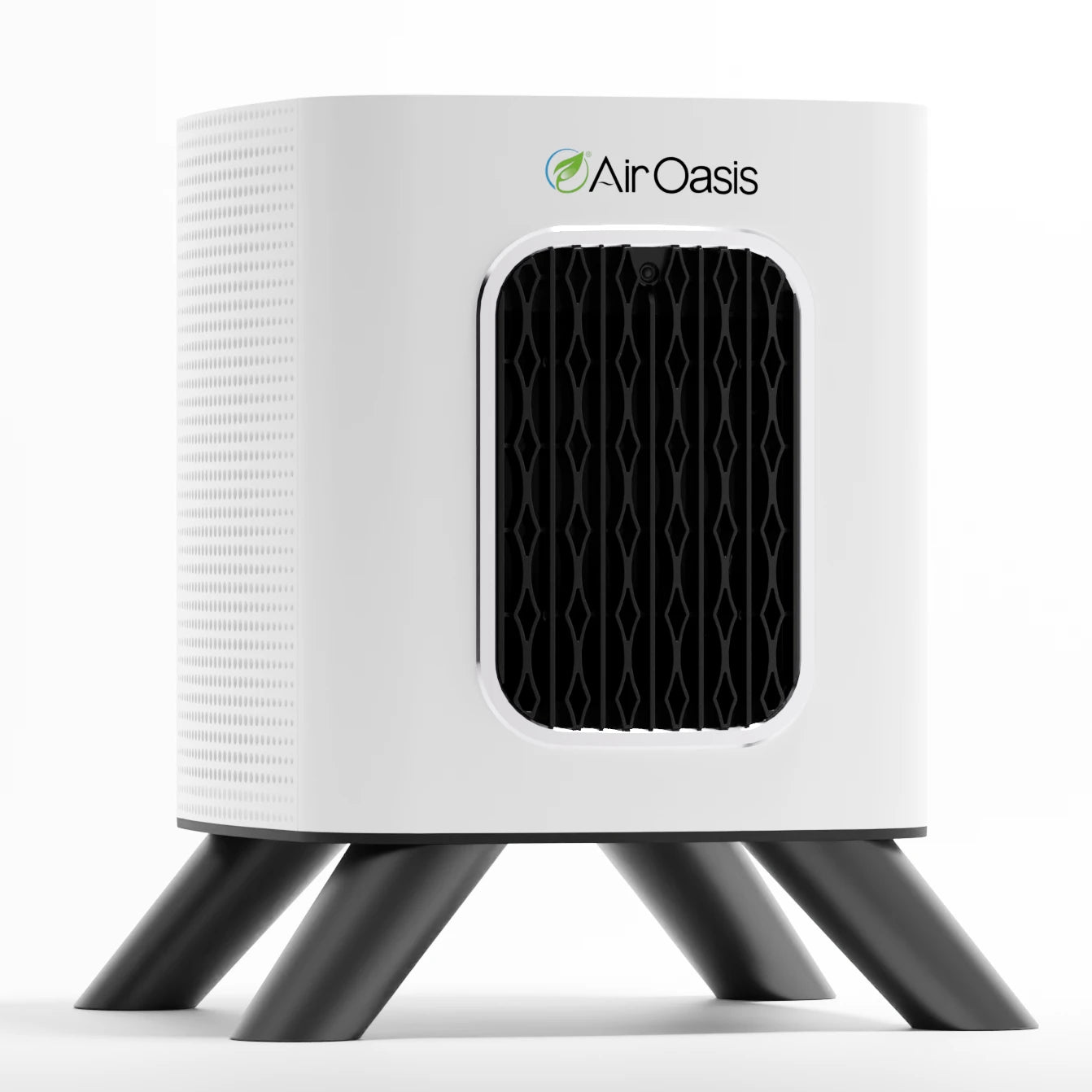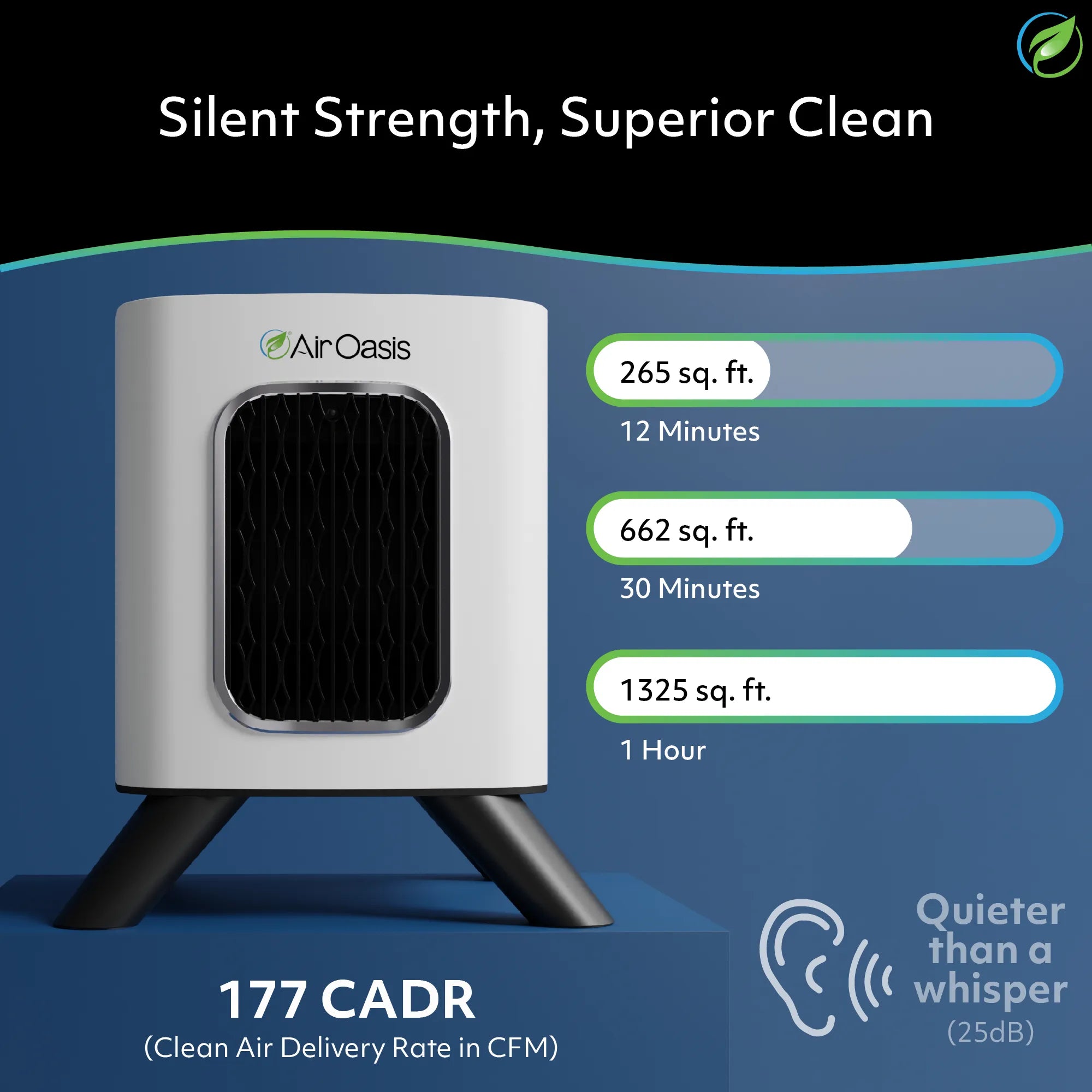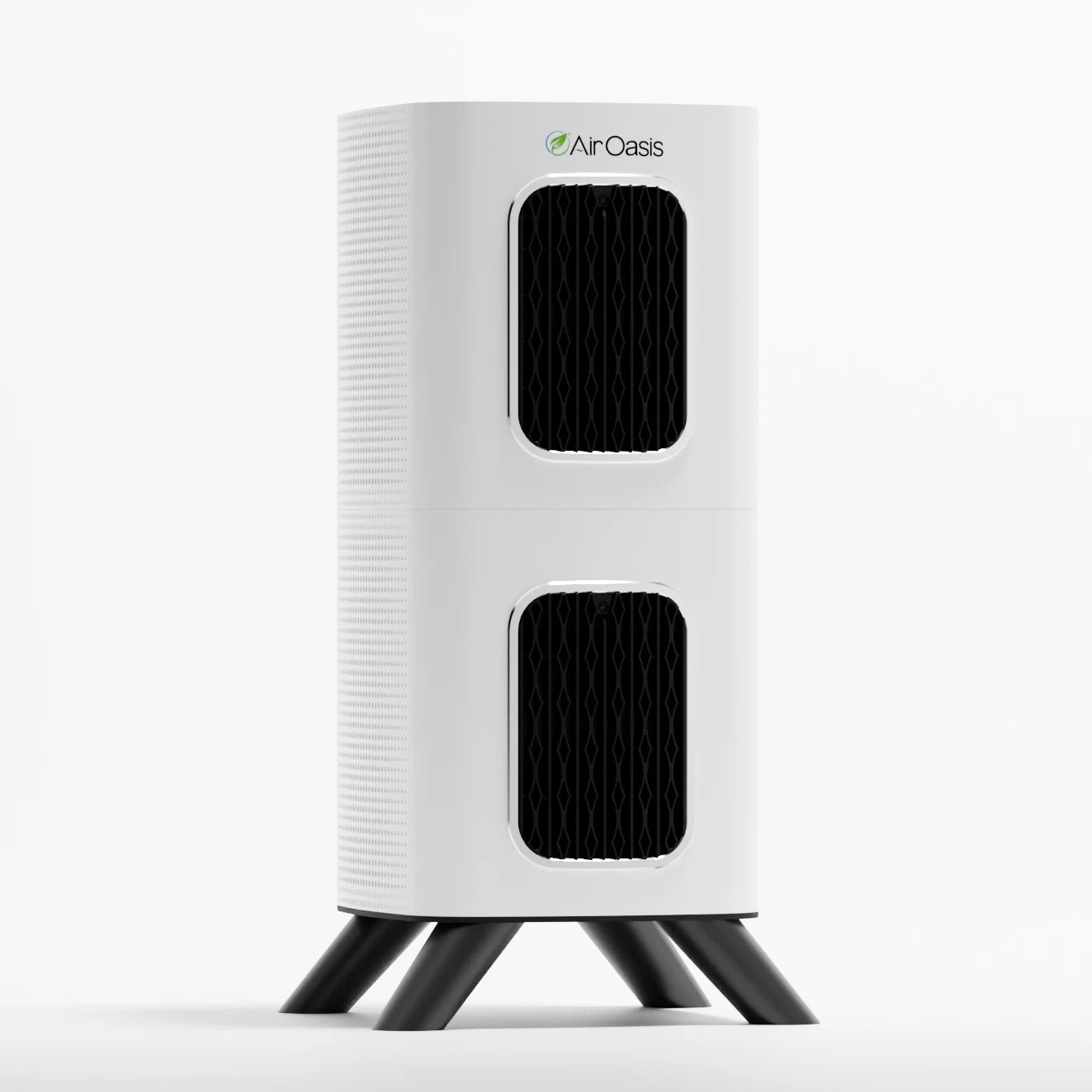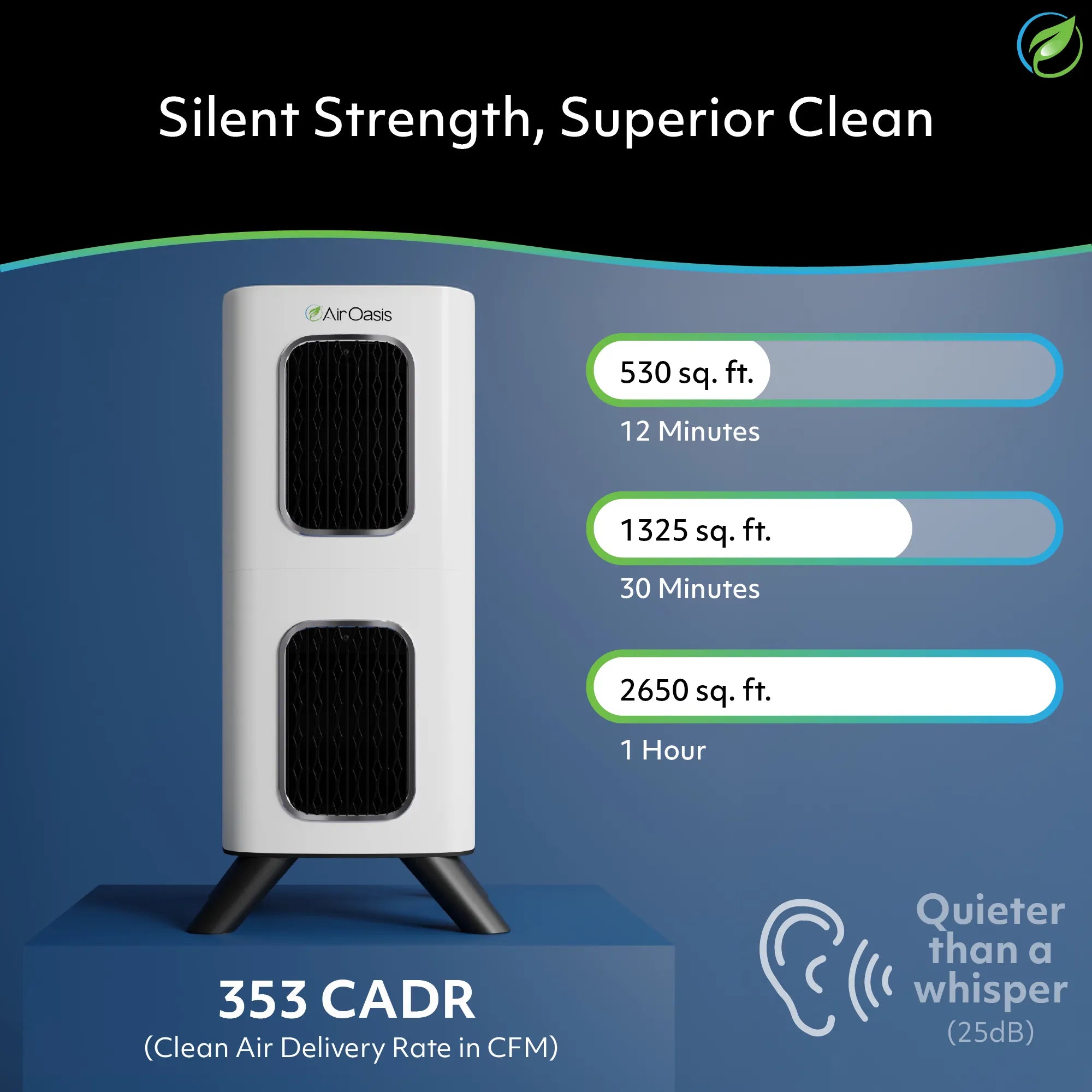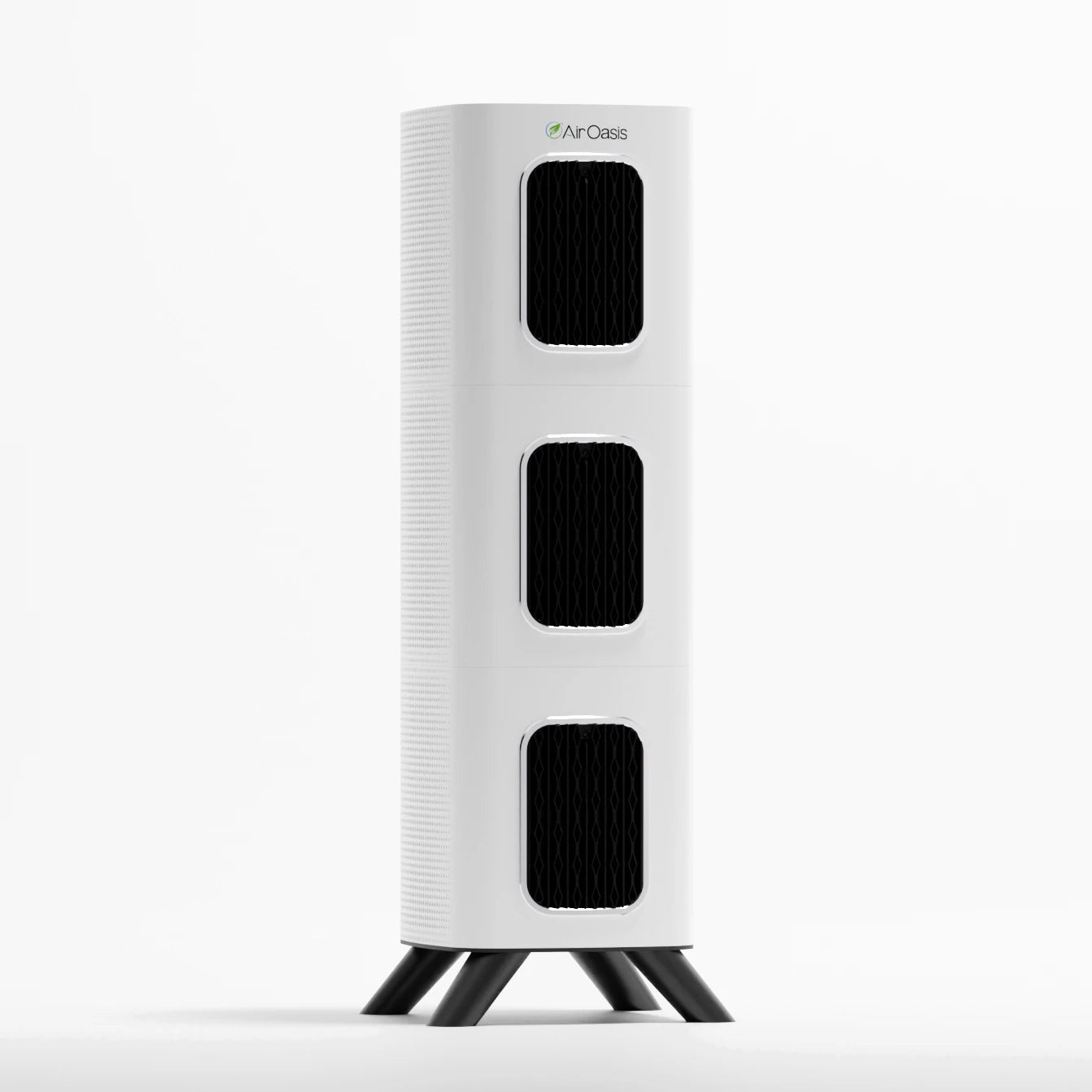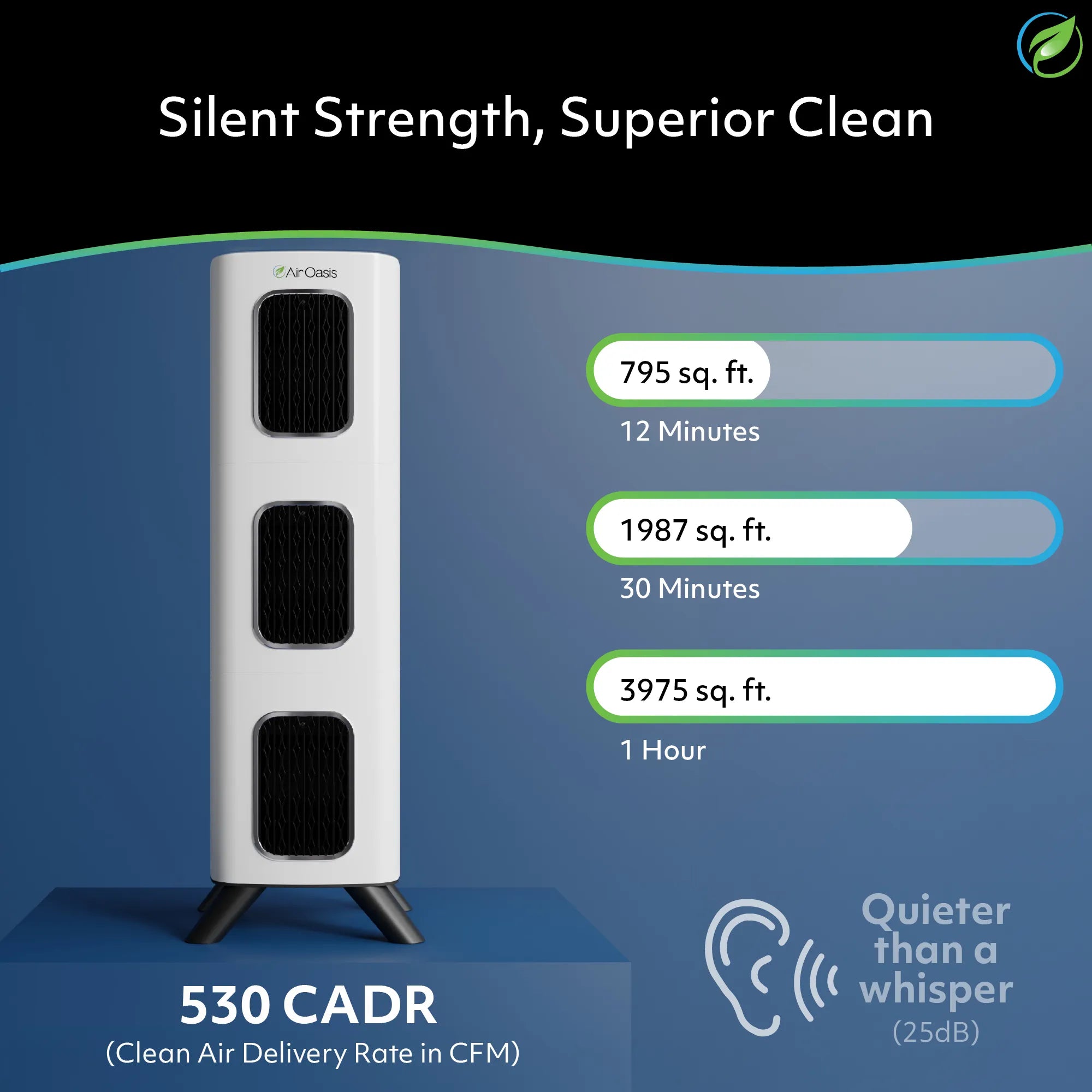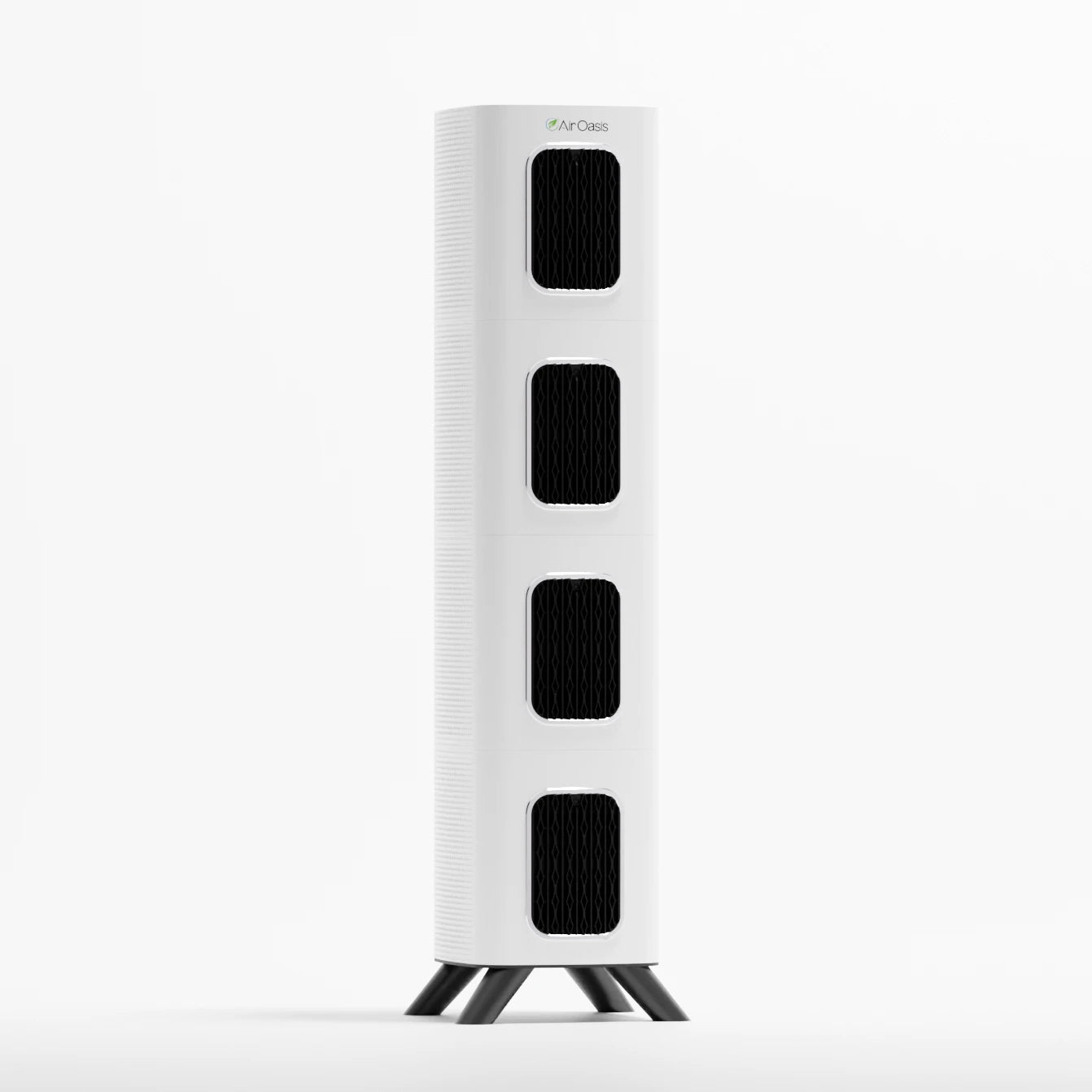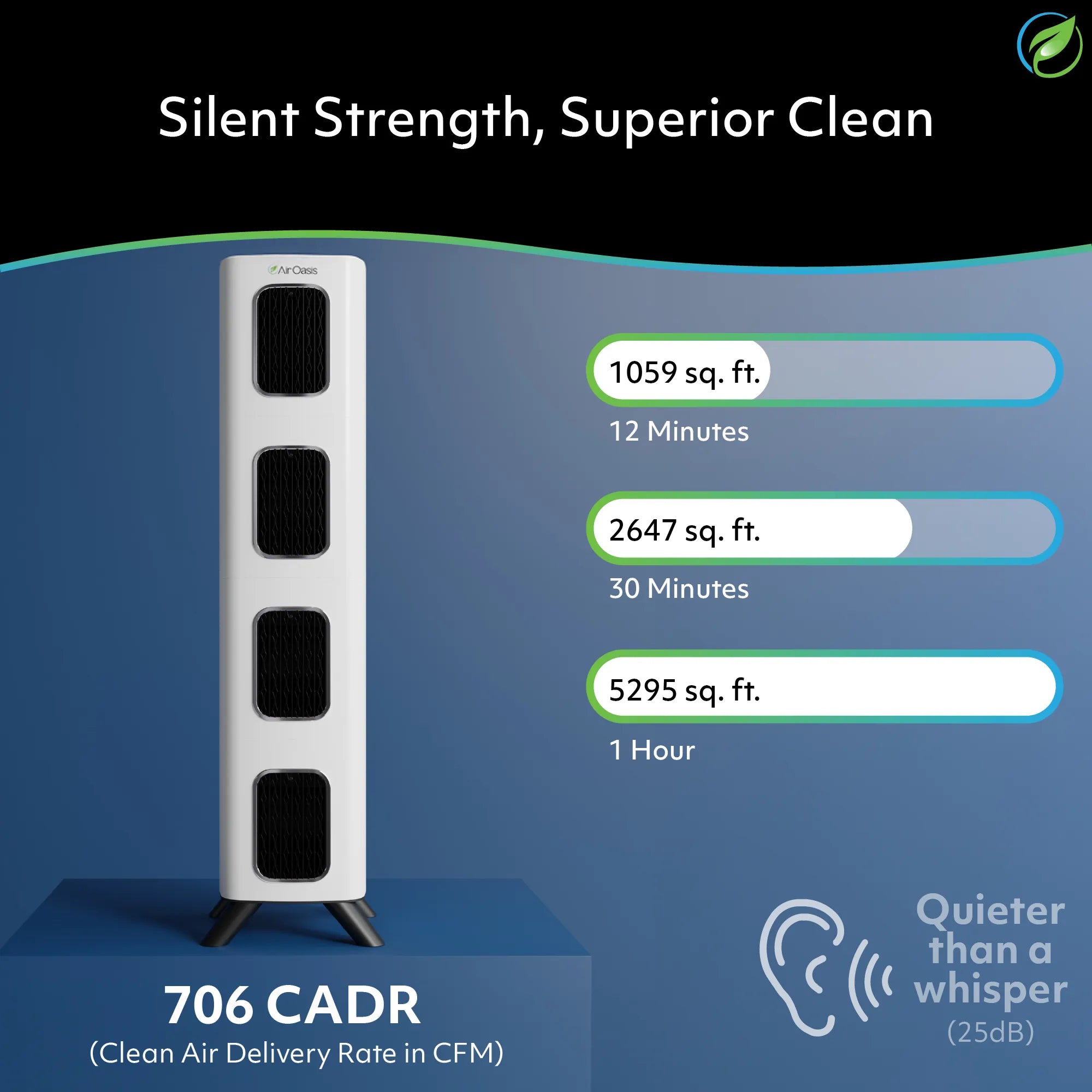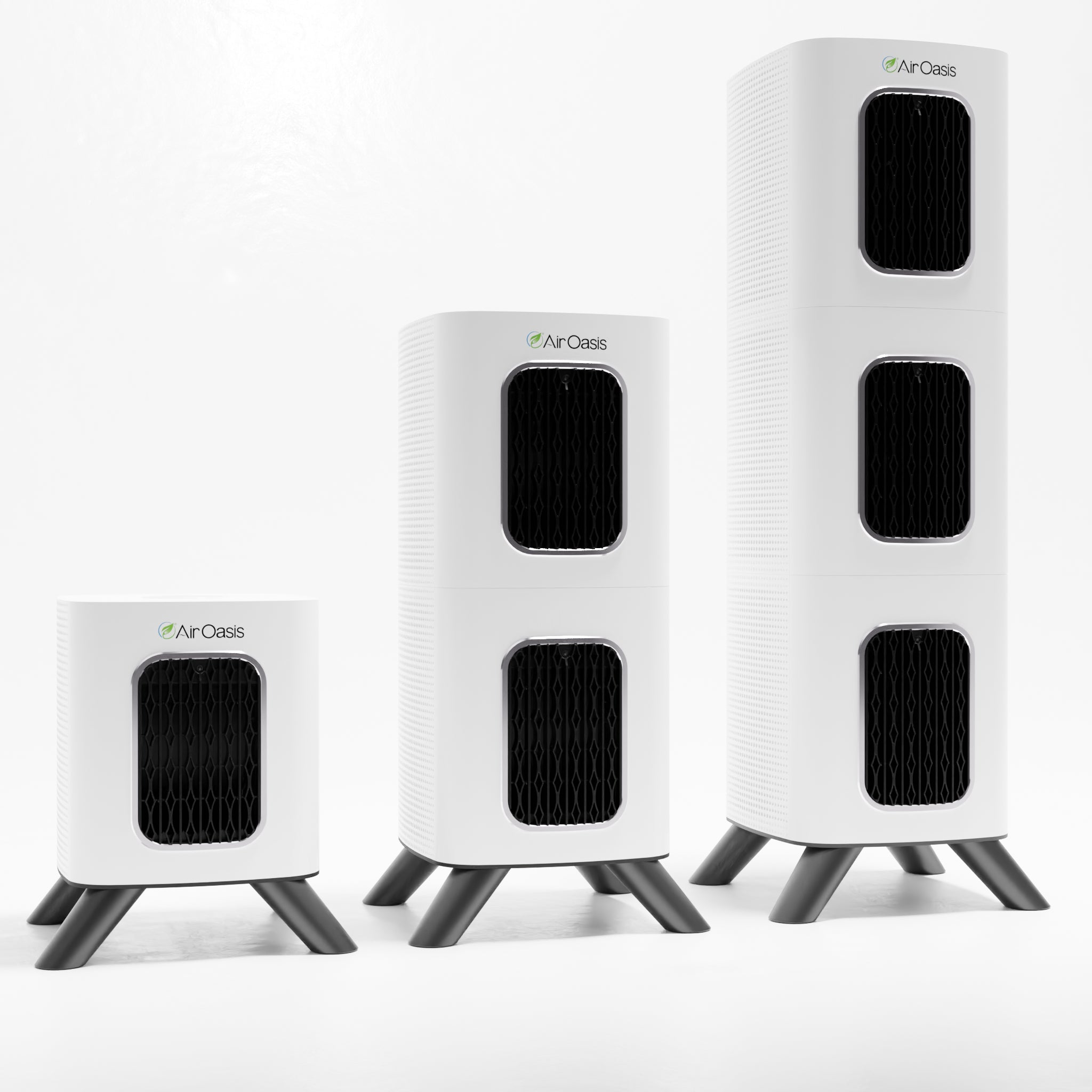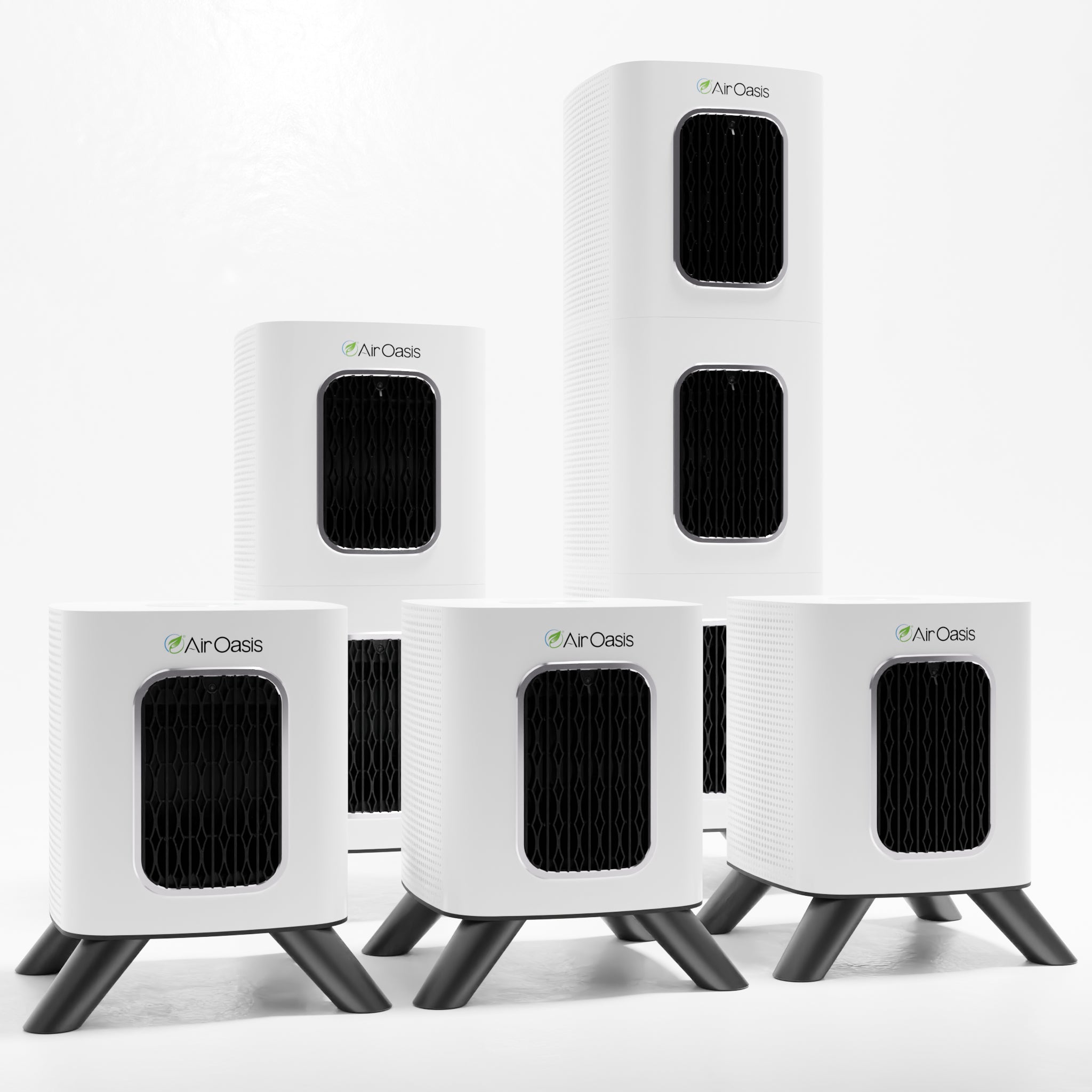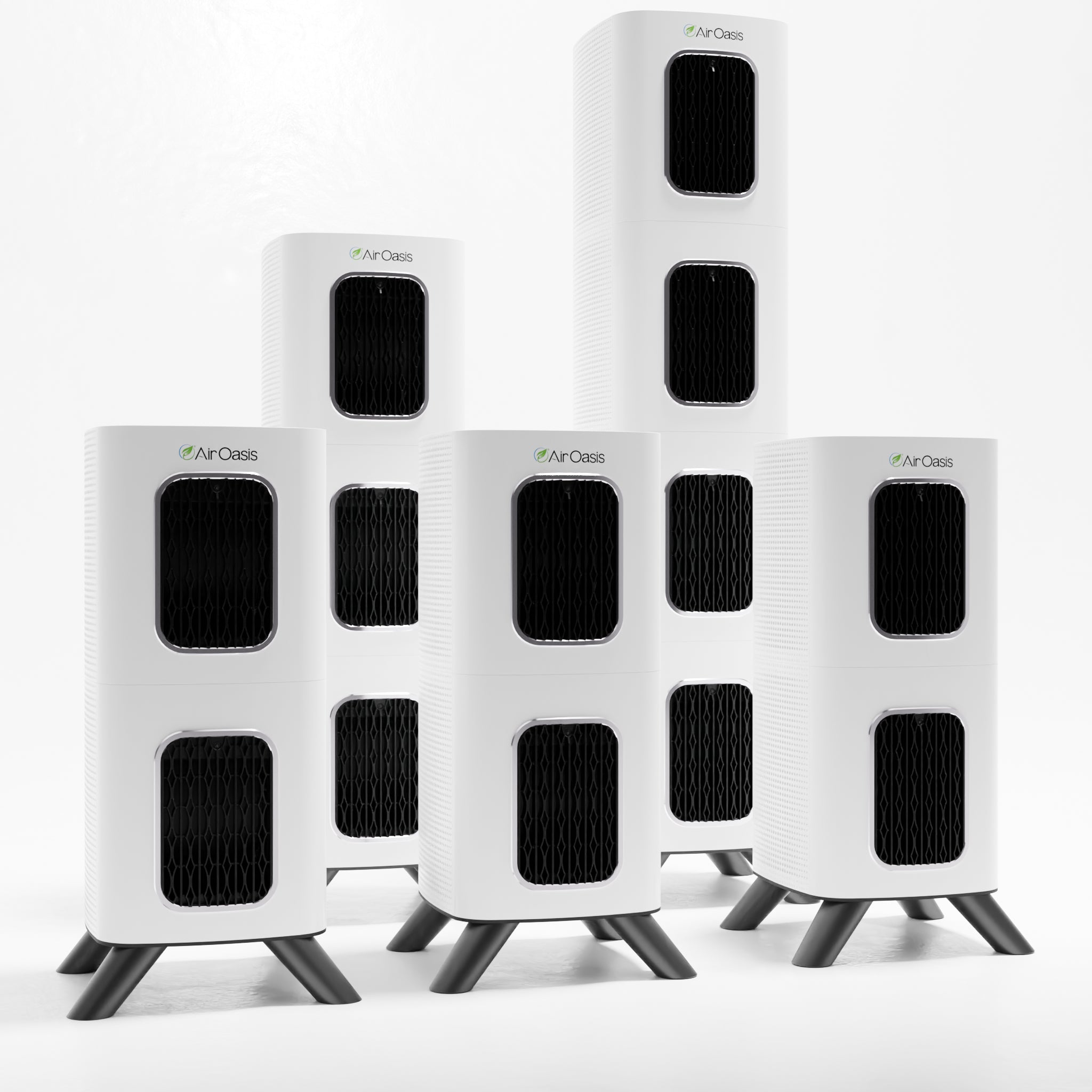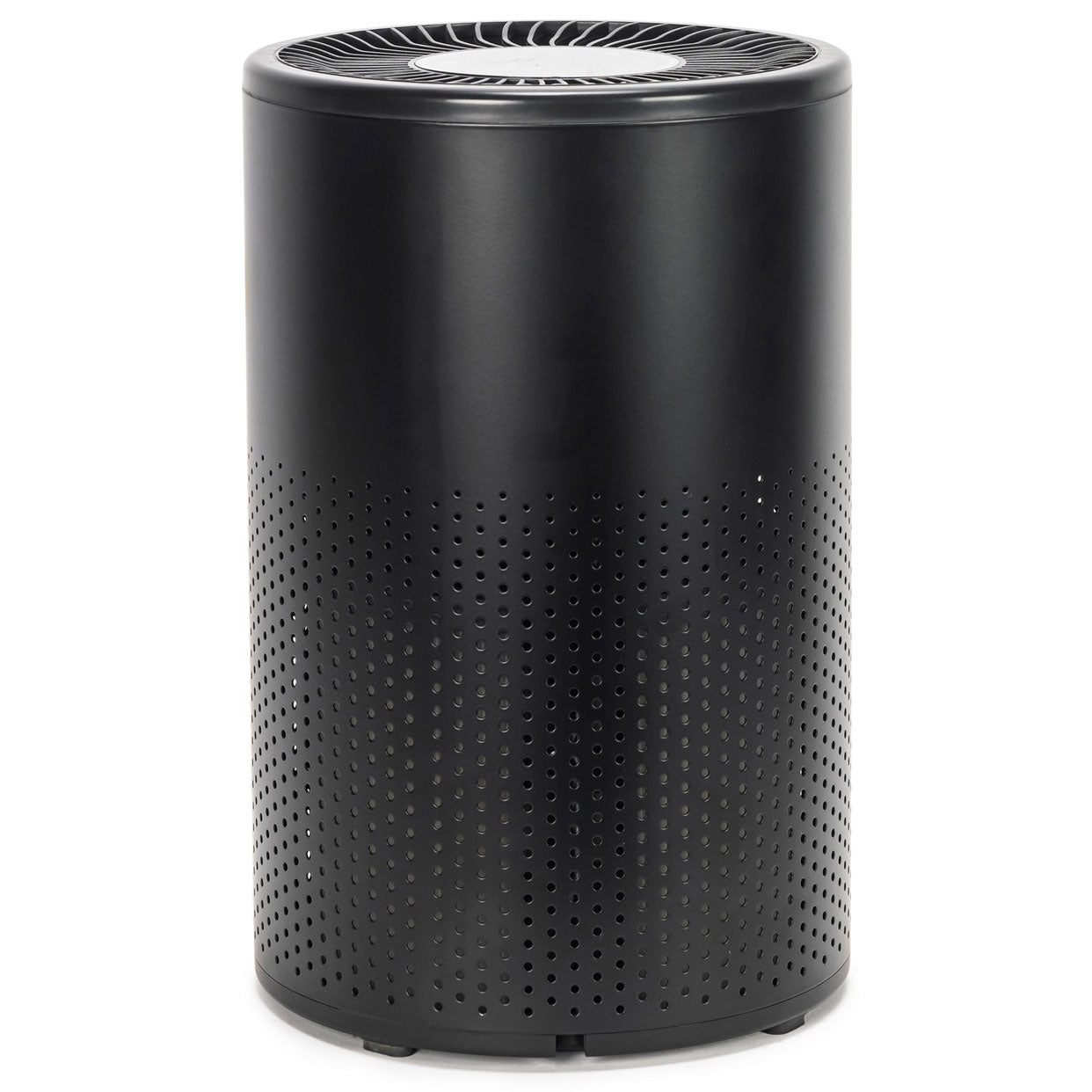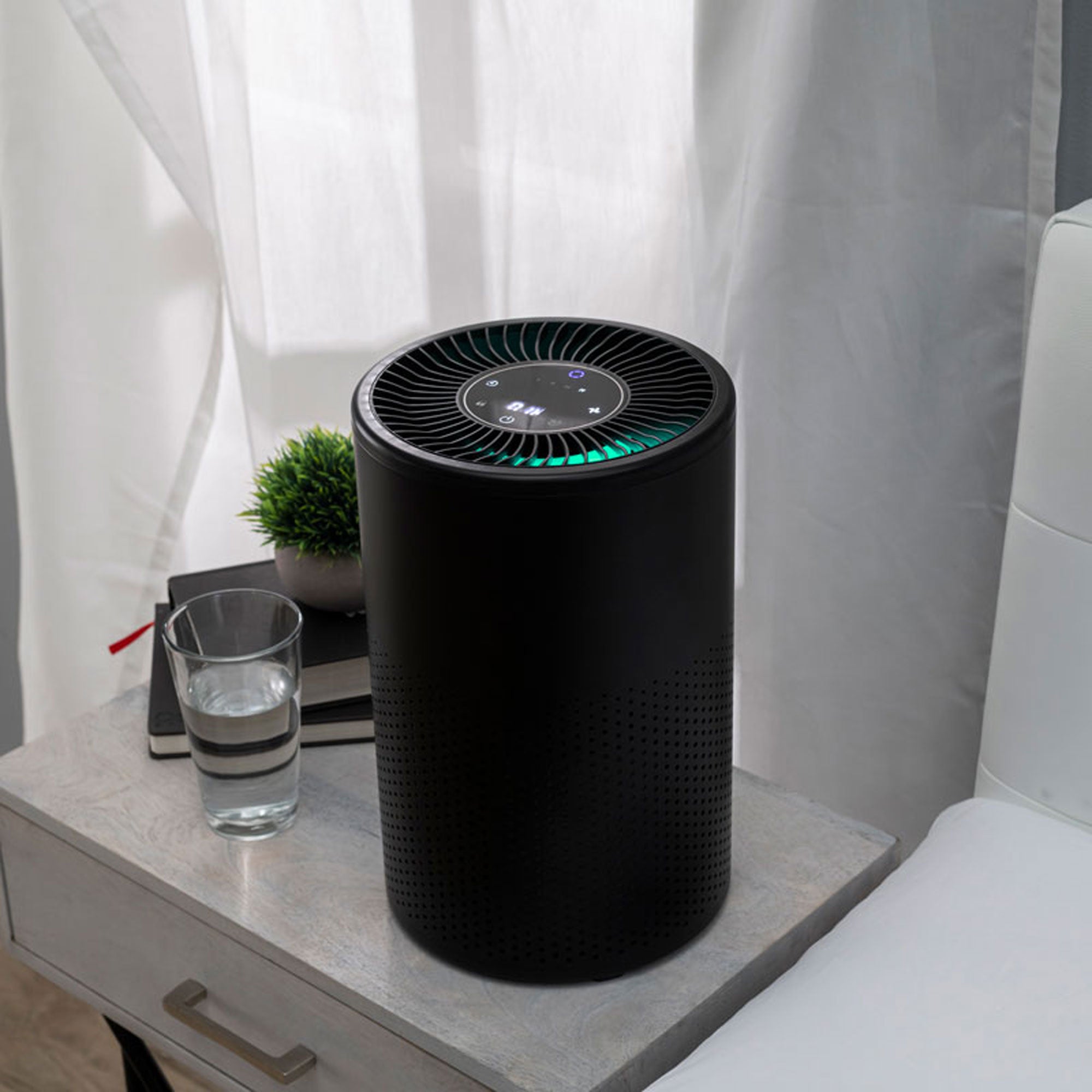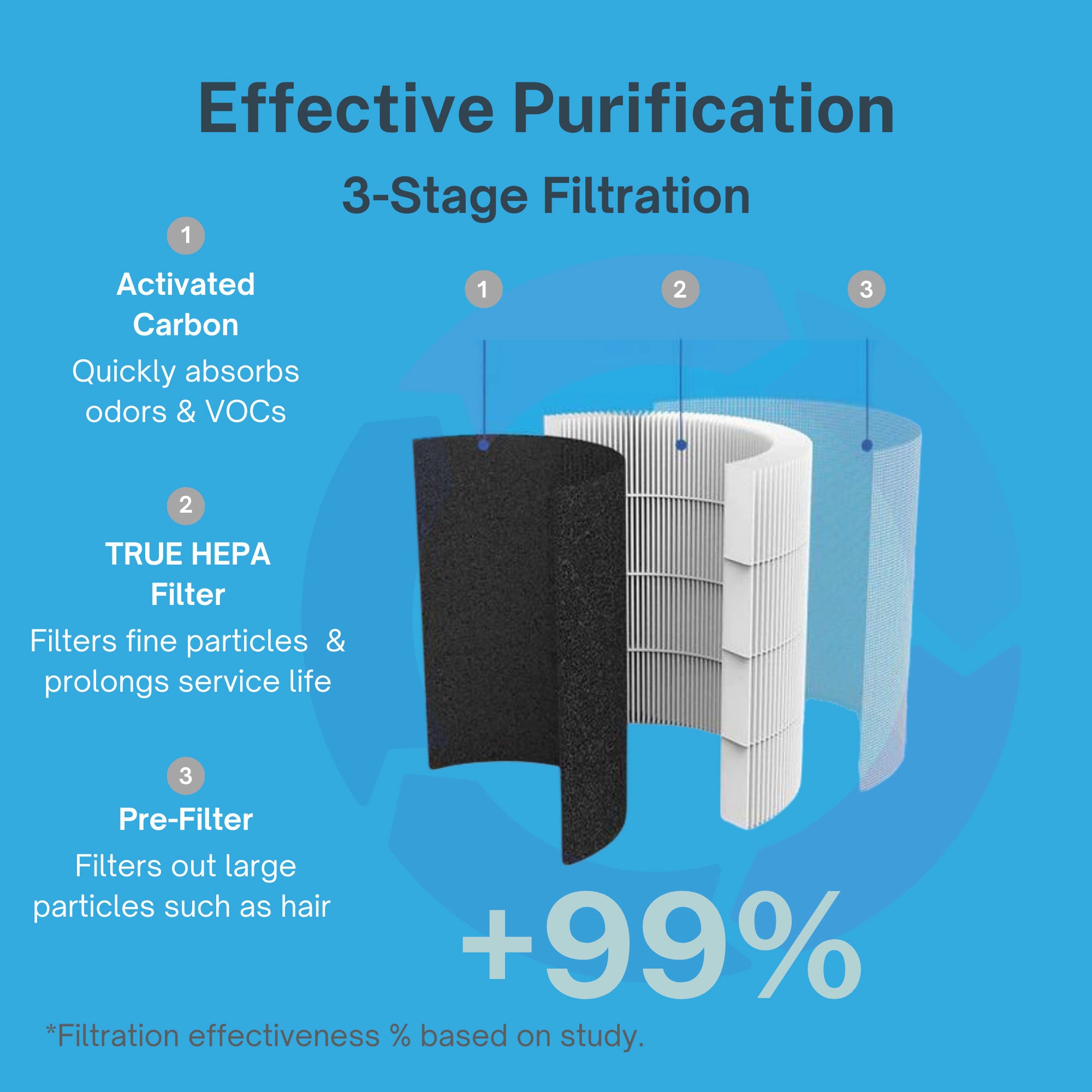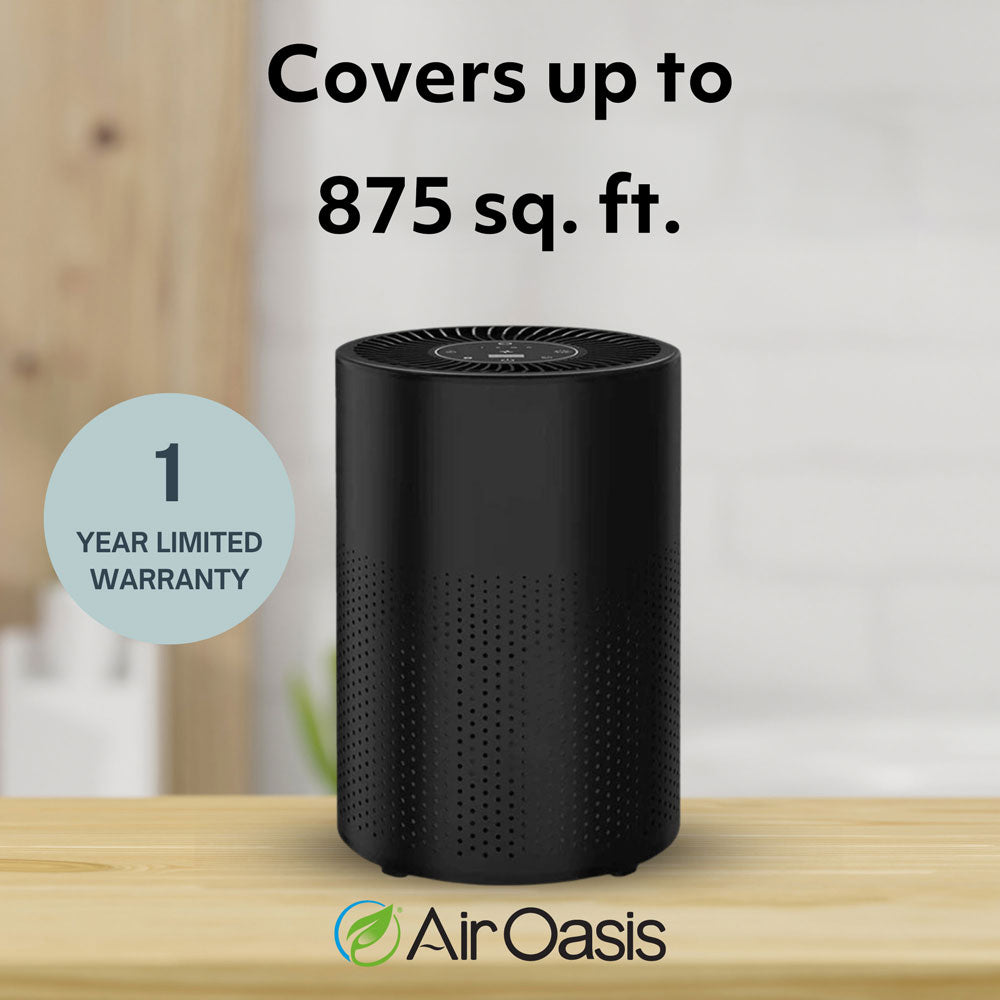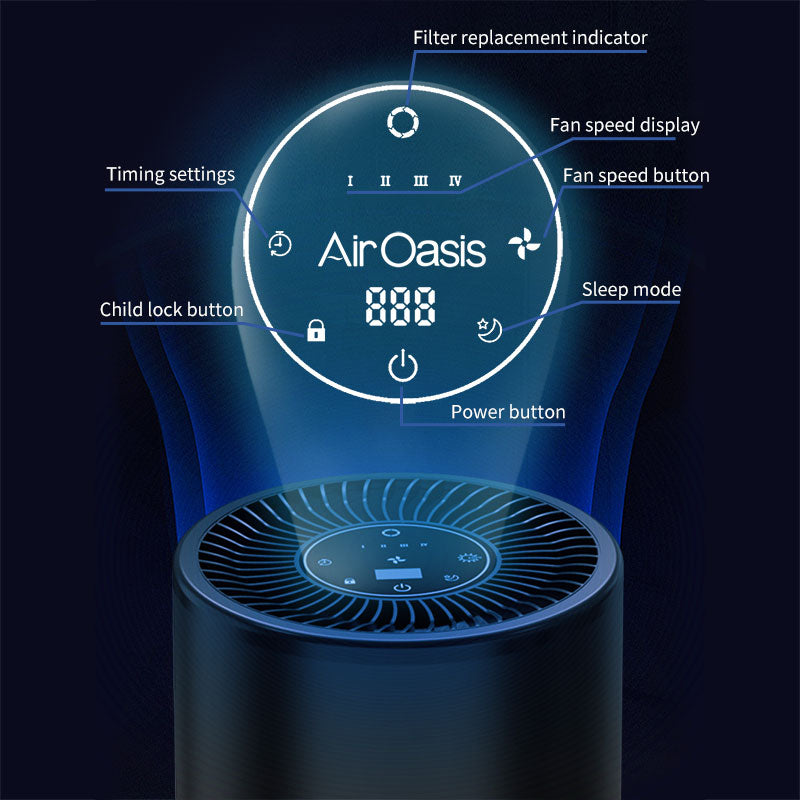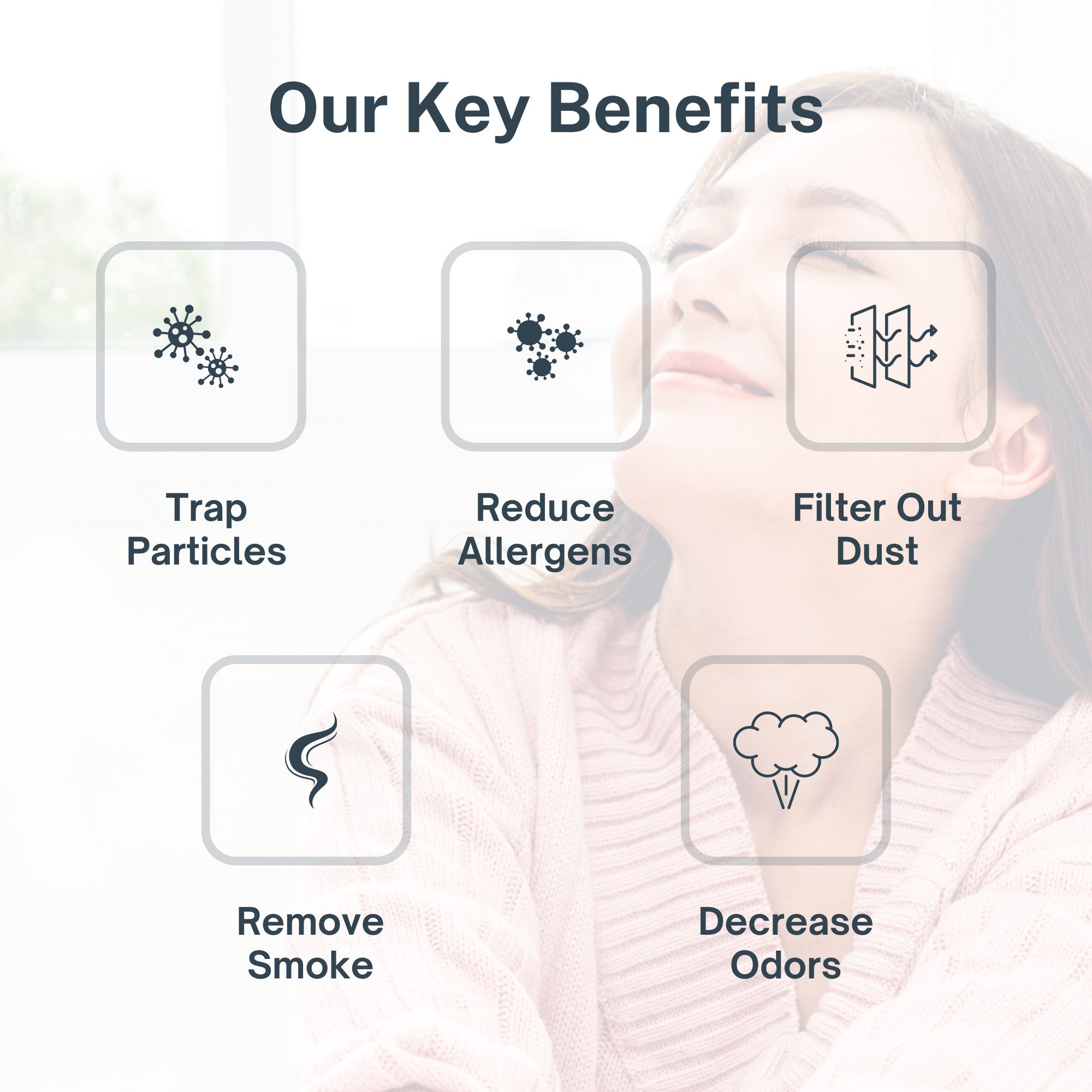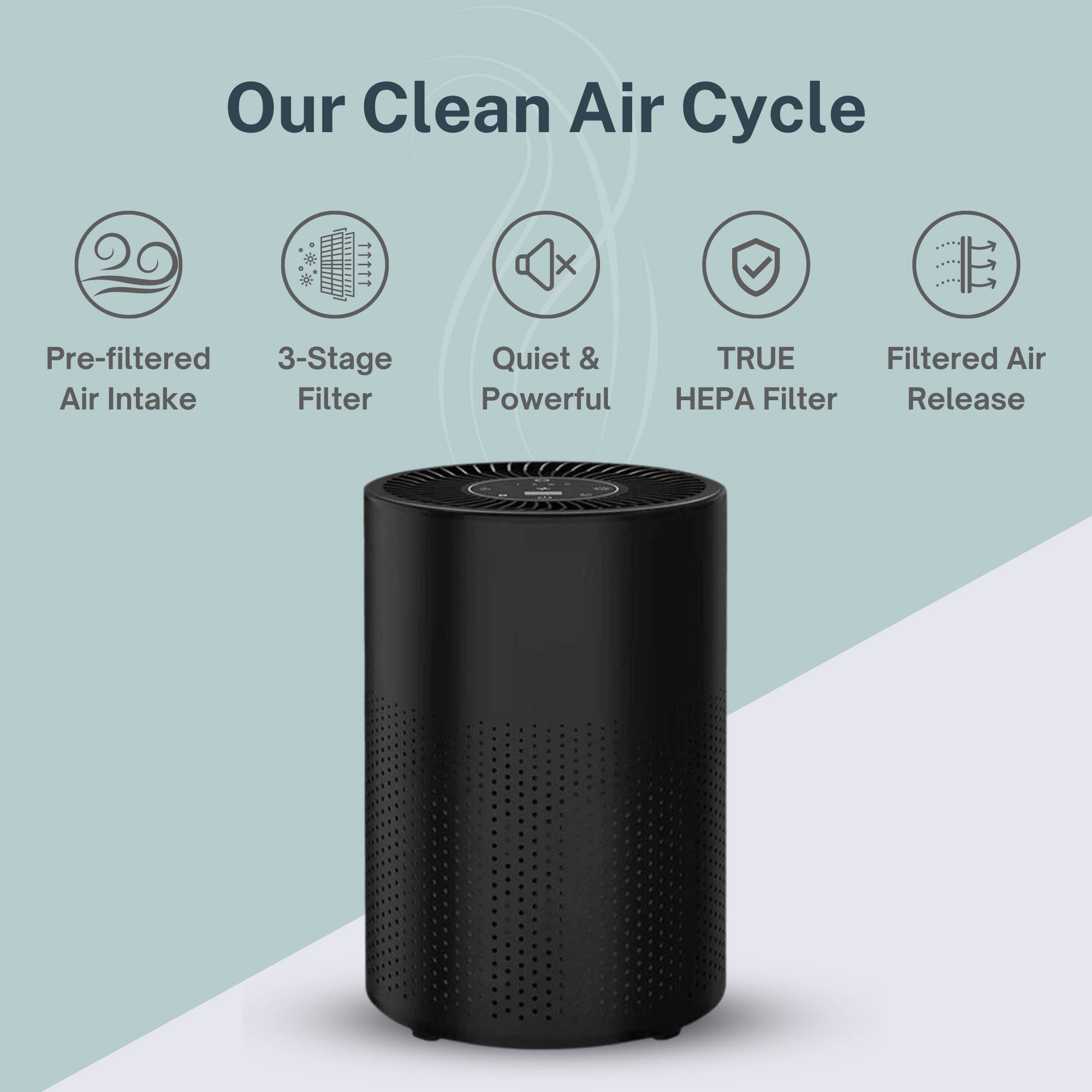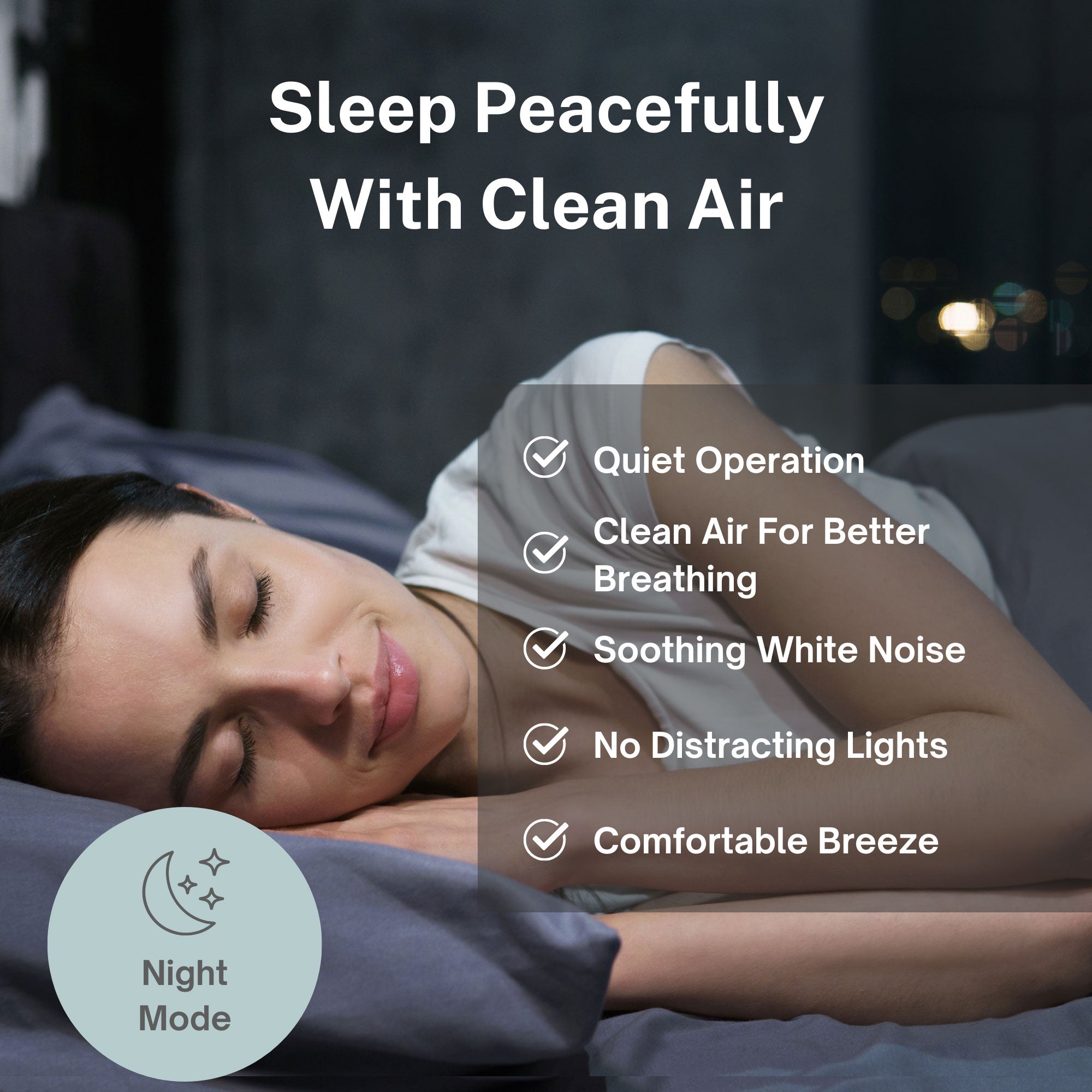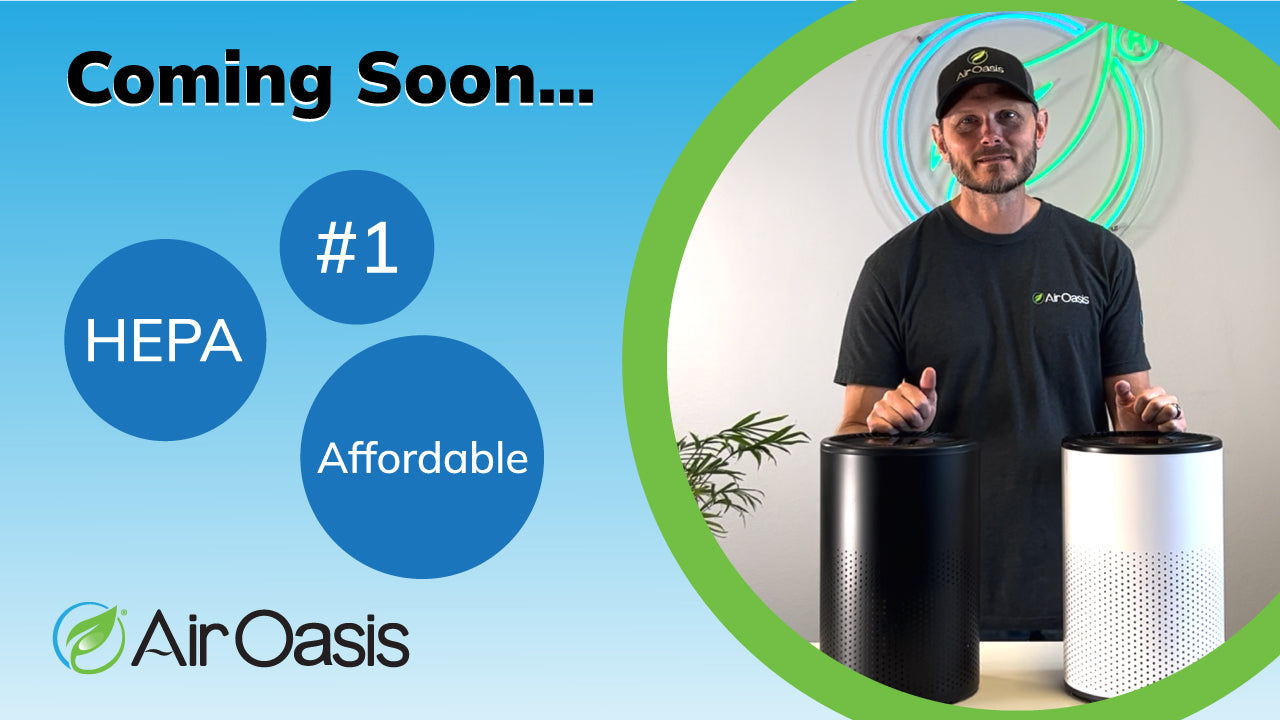When parents notice their children struggling with aggression, attention problems, or anxiety, they typically consider factors like sleep, diet, stress, or screen time. Few consider the air their children breathe. Yet research published in Environmental Research reveals a significant connection between air pollution exposure and childhood behavior problems. A longitudinal study following 975 mother-child pairs found that higher exposure to nitrogen dioxide—a common traffic-related pollutant—was positively associated with both externalizing behaviors like aggression and attention problems, and internalizing behaviors like anxiety and social withdrawal. The findings are particularly concerning because associations appeared at pollution levels below current air quality standards, suggesting that even exposure considered "safe" by regulatory measures may affect developing brains.
Understanding the Research on Air Pollution and Child Behavior
The CANDLE study examined children from the mid-South United States, tracking air pollution exposure from pregnancy through early childhood. Researchers used validated national models to estimate nitrogen dioxide and particulate matter exposure at participants' residences, accounting for every address change with precise dates. This detailed tracking allowed researchers to distinguish between prenatal and postnatal exposure effects. Children exposed to higher prenatal nitrogen dioxide levels showed increased externalizing behavior problems—the aggressive, impulsive, and attention-related behaviors that disrupt learning and social development. The association strengthened for postnatal exposure, with children exposed to elevated nitrogen dioxide during early childhood showing even higher rates of behavioral problems.
The study population was 64% African American with 53% of households earning below $35,000 annually, providing insights into communities disproportionately affected by both air pollution and socioeconomic challenges. Importantly, researchers controlled for multiple individual and neighborhood-level socioeconomic factors, maternal IQ, prenatal depression, sleep quality, and numerous other potential confounding variables. This rigorous approach strengthens confidence that air pollution itself—not just correlated factors like poverty or stress—contributes to behavioral problems.
Which Pollutants Affect Children's Behavior?
Nitrogen dioxide emerged as the pollutant most consistently associated with behavior problems. This gas forms primarily from vehicle exhaust, particularly diesel emissions, and serves as a marker for the complex mixture of traffic-related pollutants including volatile organic compounds, fine particulates, and other combustion byproducts. The study found that a 2 parts per billion increase in prenatal nitrogen dioxide exposure was associated with 6% higher externalizing behavior scores. Postnatal exposure showed even stronger associations—8% higher scores per 2 parts per billion increase.
These exposure levels fall well below the current EPA annual average standard of 53 parts per billion for nitrogen dioxide. The study's median prenatal exposure was just 11.9 parts per billion—less than one-quarter of the regulatory limit. Nitrogen dioxide exposure affects respiratory health, but this research demonstrates neurological impacts at concentrations previously considered safe. The finding suggests that protecting children's developing brains may require more stringent air quality standards than current regulations mandate.
Why Some Children May Be More Vulnerable
The research revealed critical disparities in susceptibility to air pollution's behavioral effects. Children from lower socioeconomic status families showed significantly stronger associations between air pollution and behavior problems. For children whose families had Medicaid or no insurance, postnatal nitrogen dioxide exposure was associated with 12% higher externalizing behavior scores, compared to just 1% for children with private insurance. African American children showed stronger associations between air pollution and internalizing behaviors like anxiety and depression compared to other racial groups.
These disparities likely reflect multiple factors. Lower-income families and communities of color often face higher baseline pollution exposure due to residential proximity to highways, industrial facilities, and other emission sources. Additionally, socioeconomic stress may increase biological vulnerability to environmental toxins through mechanisms like chronic inflammation and elevated stress hormones. The cumulative effect means that children already facing adversity encounter additional neurological challenges from the air they breathe at home, school, and play.
How Air Pollution Affects Developing Brains
Toxicological research identifies several mechanisms by which air pollution may impair healthy neurodevelopment. Fine particles from combustion penetrate deep into lungs and enter the bloodstream, triggering systemic inflammation throughout the body including the brain. During prenatal development, maternal exposure to air pollution can increase placental and fetal inflammation and oxidative stress, potentially altering epigenetic programming that affects lifelong brain function. After birth, air pollution exposure may deteriorate the blood-brain barrier—the protective boundary separating brain tissue from circulating blood—allowing inflammatory compounds and pollutants direct access to developing neural tissue.
Pediatric brain imaging studies suggest that the prefrontal cortex, the brain region essential for behavioral regulation, attention, and impulse control, may be particularly sensitive to air pollution effects. This would explain why externalizing behaviors—which rely heavily on prefrontal cortex function—show the strongest associations with pollution exposure.
Protecting Children From Air Pollution's Behavioral Effects
While community-level air quality improvements require policy changes and infrastructure investments, families can take immediate action to reduce children's exposure through comprehensive indoor air protection. Medical-grade HEPA filtration captures the fine particulate matter from traffic emissions and combustion sources that contribute to neurological effects. Activated carbon addresses nitrogen dioxide and volatile organic compounds that physical filters cannot remove. Multi-stage filtration systems create protected indoor environments where children's developing brains face reduced exposure to the pollutants associated with behavioral problems.
Real-time air quality monitoring helps parents understand when outdoor pollution events warrant keeping windows closed and maximizing indoor air purification. For children already showing behavioral challenges, reducing air pollution exposure may support other interventions like behavioral therapy, medication, or educational accommodations. Air Oasis systems provide the comprehensive protection necessary to address traffic-related pollutants affecting childhood behavior and development. Your child's behavioral health depends on many factors, but the air they breathe shouldn't be one that works against them. Shop Air Oasis today and create a home environment that supports healthy behavioral development.





